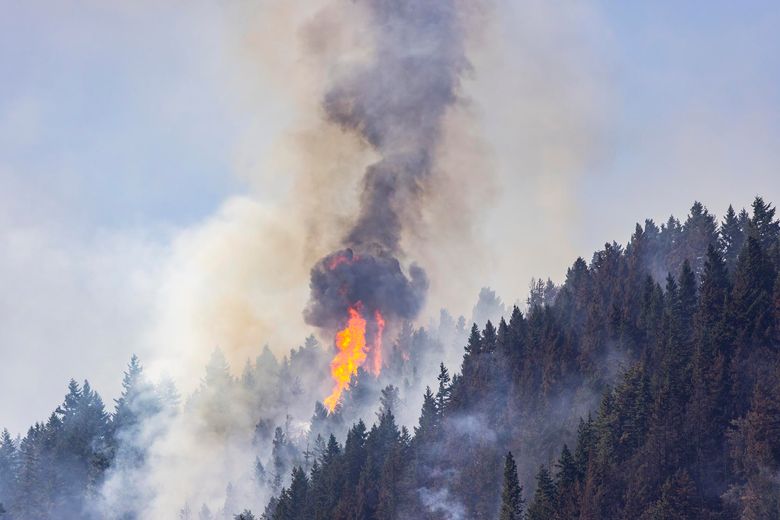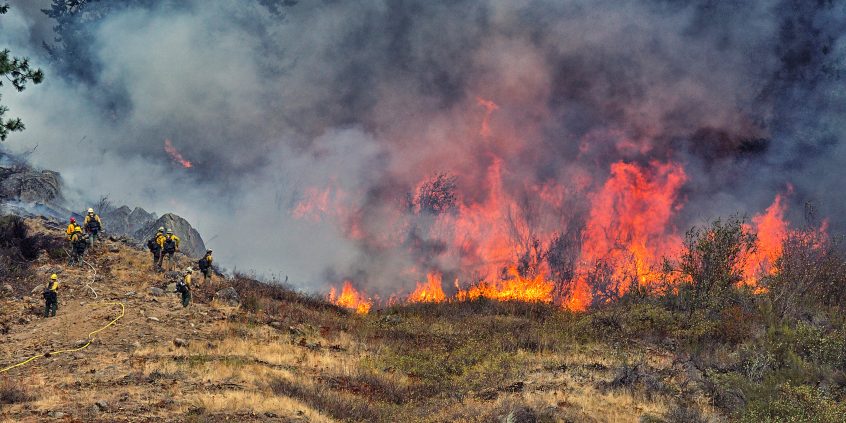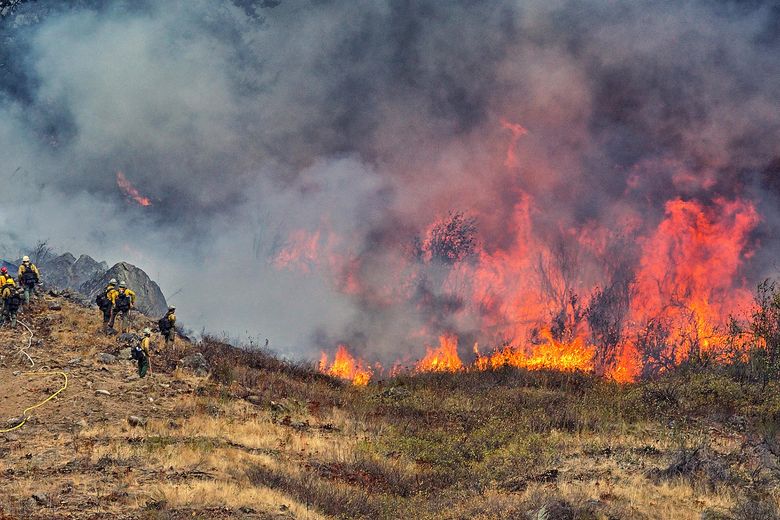
“Climate change has had a dramatic impact on the forest,” says George Geissler, deputy supervisor over Fire Management at the Department of Natural Resources.
Geissler also notes that 90% of today’s forest fires are started by human carelessness.
“Historically, a Westside fire burned off everything and it would take centuries to establish a completely new environment,” he says. “Nor can we have fires snake through the undergrowth like in the past because we have adjacent populations to consider. Now, we try to mimic the natural fires while protecting our human communities and maintaining the same environment. Thinning and burning also don’t work here because of rapid regrowth rates. By contrast, on the east side, we manage fires by lowering the fuel, which allows us to suppress them and protect our communities.”
Geissler says forest management also produces additional benefits.
“We’re attempting to make our forests as healthy as they can be,” he says. “We know that all vegetation is competing for moisture, light and nutrients. We also know that to have a healthy forest, you must have a variety of sizes, ages and species. Sometimes, timber harvesting is part of a necessary management strategy. Like in every ecosystem, the frail fare the worst in a forest community. By keeping a forest healthy we preserve stronger trees that are more resistant to insects as well as fire.”
Forest management is nothing new in the Pacific Northwest, where humans have mitigated forest fires for millennia.
“When European Americans relocated here, they clear-cut the forests because they only saw trees as a resource,” says Rigdon. “In recent years, the Yakama Nation has returned to managing these forests so that the natural systems can play out. When there is a heavier fire risk, like in a lodgepole stand, we are more aggressive. If it is a more open pine forest, we will thin it but leave the stronger trees. If it is a mid-slope environment, we will maintain the healthier trees to maintain a habitat that, like wherever we work, benefits all living beings. We honor the tree in the same way we honor the salmon.”
Geissler says he pays close attention to the management techniques of the Yakama and other Nations. “We have a lot to learn from our Indigenous communities. There is more of an effort to bring the tribal wisdom of cultural burning into our processes. Our engagement is improving all the time.”
The Washington Forest Protection Association is a trade association representing private forest landowners in Washington State. Members are large and small companies, individuals and families who grow, harvest and re-grow trees on about 4 million acres.

